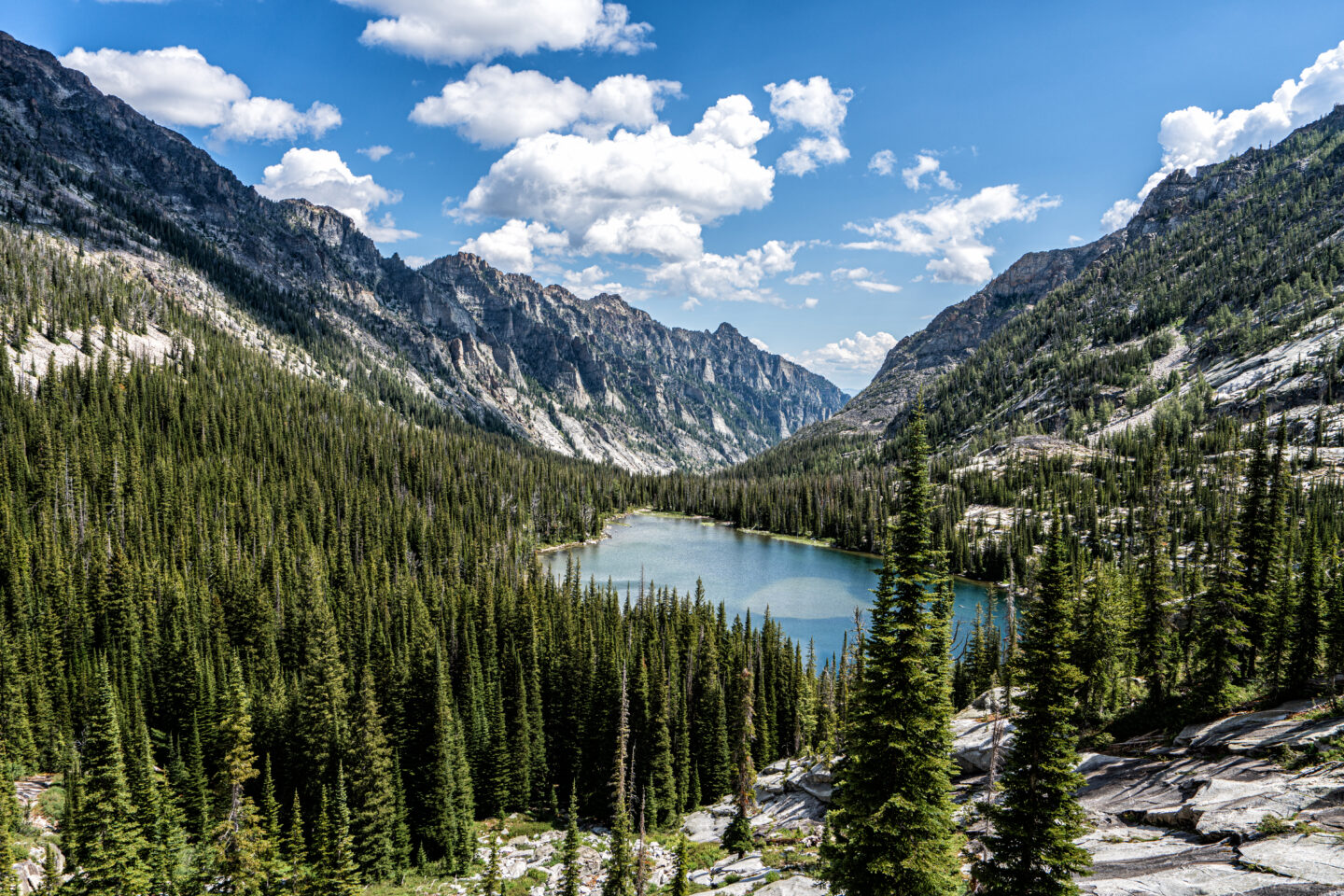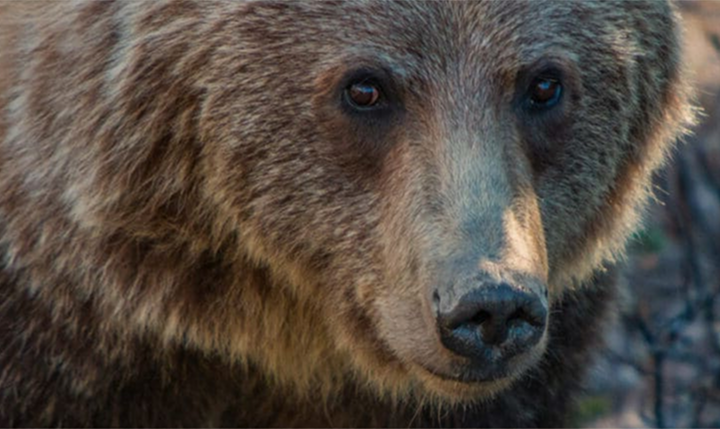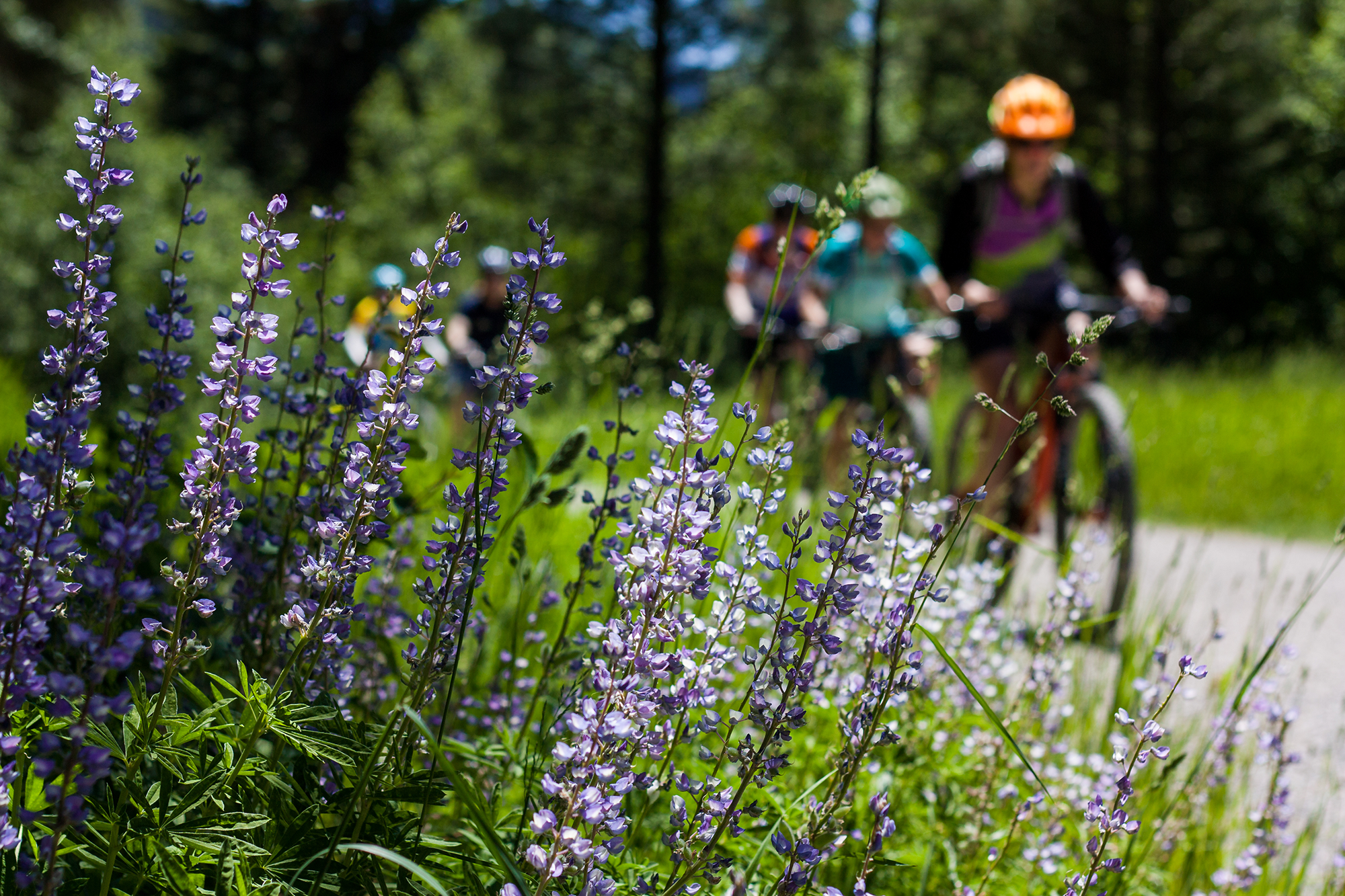Thank you for funding this critical work
You won’t see it splashed across headlines. There are no dramatic media events or noisy political campaigns.
But thanks to you, a collaborative movement is quietly protecting and connecting public lands across the Yellowstone to Yukon region.
Public lands are critical for core habitats as well as ensuring animals have adequate room to roam across the Yellowstone to Yukon region.
Public or Crown lands account for 59 percent of this wild landscape, while 17 percent are already designated protected. Without public land conservation work, the Yellowstone to Yukon mission would be impossible.
But what even are public or Crown lands?
In Canada, Crown lands are owned and managed by Canada’s federal or provincial governments. In the United States, public lands are managed by agencies like the U.S. Forest Service, National Park Service or the Bureau of Land Management.
For thousands of years, Indigenous Nations and Tribes throughout the Yellowstone to Yukon region were deeply connected to these lands — and they still are.
Yet much of the public land managed by government agencies today was not legitimately ceded by Indigenous Peoples.
One thing is certain: These lands are beloved throughout North America. From backcountry hiking and camping, to hunting, fishing, and grazing ranch lands, people use and love public lands in many ways.
Across North America, from backcountry hiking and camping, to hunting, fishing, and grazing ranch lands, people use and love public lands in many ways.
However, these lands are under growing pressure. Mining, logging, oil and gas drilling, and unchecked development threaten the integrity of our public lands.
On the U.S. side, the U.S. administration has a proposal to roll back and rescind the Roadless Rule. This 2001 policy restricts road construction and development activities that protects 58 million acres of forest across the west (about the size of the entire state of Wyoming!)
These federal lands are now at risk of being mined, logged, and developed, putting ecological connectivity at risk.
On the Canadian side, coal mining proposals in Alberta and B.C. pose a dangerous threat to the headwaters and wildlife habitat. Increased public use and tourism developments further threaten the connectivity and health of these wild spaces.
But here’s the good news
Thanks to your support, Y2Y is responding with something powerful…and surprisingly quiet.
Behind the scenes, we’re bringing unlikely allies together: conservationists and hunters, ranchers and scientists, and different levels of government. We’re supporting the efforts of several Indigenous Nations and Tribes. We’re connecting people with diverse backgrounds, interests, cultures and political views.
We’re finding common ground through our deep respect and shared love of the land and water. It turns out that public lands are a non-partisan issue many people are passionate about.
With your help, Y2Y is convening respectful, solutions-focused conversations.
As Laurel Angell, director of government relations and policy says: “The Yellowstone to Yukon vision itself is a powerful tool that brings people of all political stripes together. When they see the Yellowstone to Yukon map, and hear how close the Greater Yellowstone grizzly bears are to reconnecting with the Northern Continental Divide population, people get it. They want to work together to make it happen.”
Because of your support, we’re able to spark conversations around kitchen tables or while out walking the land, and use science, maps, and strategies to protect these lands before irreversible damage occurs.
So when changes to policies like the Roadless Rule or activities like coal mining threaten the long-term health of these wild ecosystems, we quietly mobilize our partners to take action.
These efforts require trust. And trust takes time to build.
Your ongoing monthly giving helps our team have the flexibility to respond quickly, fund emerging partnerships, and build long-term relationships that make conservation possible.
So thank you for believing in the steady, behind-the-scenes work of connection and collaboration. It’s not sexy. It’s not provocative. But it is an effective way to stitch our public and Crown lands together and complete the Yellowstone to Yukon vision.


